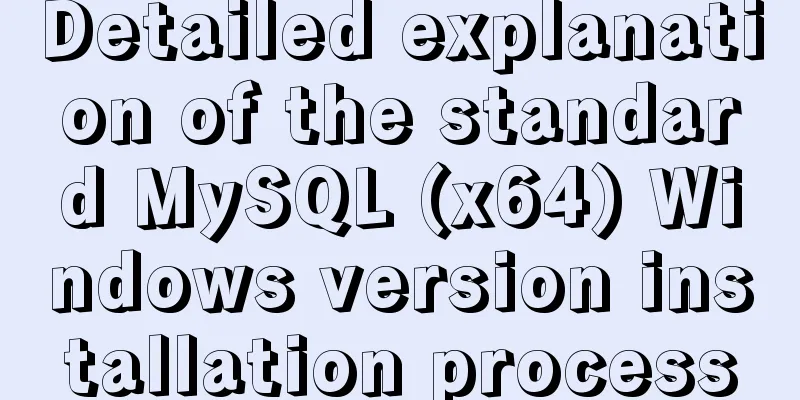How to install docker and portainer in kali

|
With the emergence of docker, many services have gradually broken away from their dependence on hardware architecture. Many arm-structured hardware can also run x86 services. The speed of docker startup and deployment is also favored by geeks. I installed a kali on the Raspberry Pi 4B I bought myself. We all know that the Raspberry Pi is an arm-architecture CPU. I was going to deploy a nextcloud on it so I thought of docker. Okay, let’s get to the command without further ado: 1. Install Docker and start Docker sudo apt-get install docker sudo systemctl start docker 2.Docker source acceleration (configure domestic sources)
sudo mkdir -p /etc/docker
sudo vi /etc/docker/daemon.json
{
"registry-mirrors": ["http://hub-mirror.c.163.com"]
}3. Install portainer graphical management interface Because Docker is started by command and management is troublesome, we install a portainer container for graphical management sudo docker pull portainer/portainer sudo docker run -d -p 9000:9000 -v /var/run/docker.sock:/var/run/docker.sock --restart=always --name prtainer portainer/portainer Here we map docker's port 9000 directly to the external port 9000 and then we can access it through 127.0.0.1:9000 The first access requires the configuration of the admin password After configuration is complete, log in: Here we can choose local, or remote. Here we take local as an example:
Then all the local docker images will appear here and we can manage them on them 4. Some commonly used portainer operations and configurations for docker containers are here Duplicate/Edit Click the container you want to configure
Click Duplicate/Edit
Here are some configuration options for the container Modify the mapping port here:
You can change the time zone here:
Volumes is to mount the directory in the container to the local. You can also mount it to the local volume here. If it is a directory, click Bind.
This is the command we gave above --restart=always to start the container and then start it by itself
I discovered that I can also restart the container through Portainer.
You can also download the container:
The above is the details of installing docker and portainer on kali. For more information about installing docker on kali, please pay attention to other related articles on 123WORDPRESS.COM! You may also be interested in:
|
<<: Detailed explanation of MySQL file storage
>>: Summary of several submission methods of HTML forms
Recommend
SQL implements LeetCode (180. Continuous numbers)
[LeetCode] 180. Consecutive Numbers Write a SQL q...
Specific usage instructions for mysql-joins
Table of contents Join syntax: 1. InnerJOIN: (Inn...
How to use the href attribute of the HTML a tag to specify relative and absolute paths
In actual Web development, inserting images, incl...
How to install mysql in docker
I recently deployed Django and didn't want to...
Pure JS method to export table to excel
html <div > <button type="button&qu...
SQL implementation of LeetCode (182. Duplicate mailboxes)
[LeetCode] 182.Duplicate Emails Write a SQL query...
Detailed description of ffmpeg Chinese parameters
FFMPEG 3.4.1 version parameter details Usage: ffm...
JavaScript to implement a simple web calculator
background Since I was assigned to a new project ...
Detailed explanation of mktemp, a basic Linux command
mktemp Create temporary files or directories in a...
Web interview frequently asked questions: the principles and differences between reflow and repaint
Table of contents The browser's rendering mec...
JavaScript implements Tab bar switching effects
Here is a case that front-end developers must kno...
Things to note when writing self-closing XHTML tags
The img tag in XHTML is so-called self-closing, w...
Mysql database advanced usage of views, transactions, indexes, self-connections, user management example analysis
This article uses examples to describe advanced u...
You Probably Don’t Need to Use Switch Statements in JavaScript
Table of contents No switch, no complex code bloc...
Example code for Html layered box-shadow effect
First, let’s take a look at the picture: Today we...





















